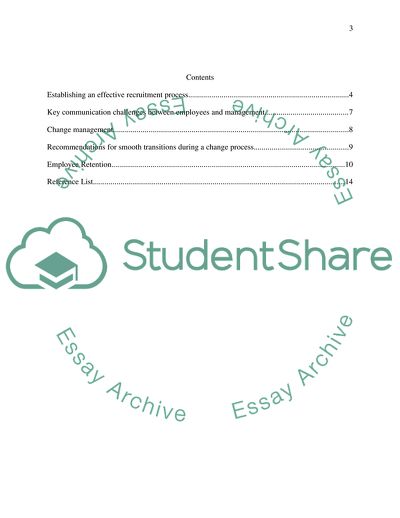Cite this document
(Work& Employment Assignment Example | Topics and Well Written Essays - 2500 words, n.d.)
Work& Employment Assignment Example | Topics and Well Written Essays - 2500 words. https://studentshare.org/human-resources/1817787-work-employment
Work& Employment Assignment Example | Topics and Well Written Essays - 2500 words. https://studentshare.org/human-resources/1817787-work-employment
(Work& Employment Assignment Example | Topics and Well Written Essays - 2500 Words)
Work& Employment Assignment Example | Topics and Well Written Essays - 2500 Words. https://studentshare.org/human-resources/1817787-work-employment.
Work& Employment Assignment Example | Topics and Well Written Essays - 2500 Words. https://studentshare.org/human-resources/1817787-work-employment.
“Work& Employment Assignment Example | Topics and Well Written Essays - 2500 Words”. https://studentshare.org/human-resources/1817787-work-employment.


